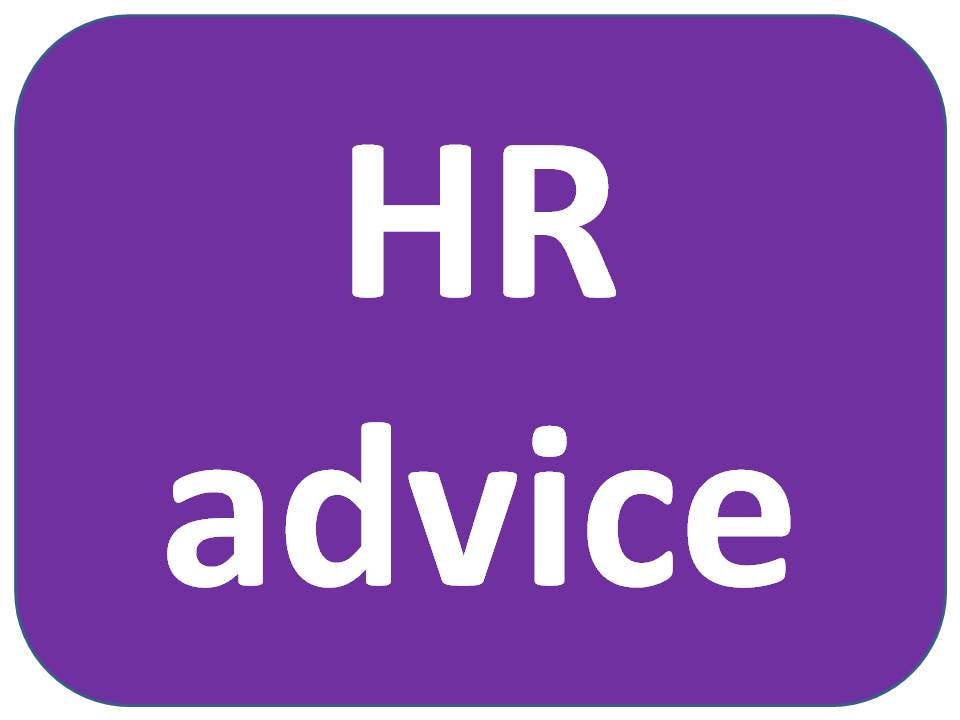Editor’s Note: This is the second part of the Most Critical Leadership Blind Spots. For the first five, click here.
Thankfully, when you look at the most common areas of weakness within an organization, it is obvious that all of these are manageable issues.
What makes their threat so great is that they are Blind Spots, or problems that managers often don’t react to until too late. Every organization suffers from one or more of these Blind Spots to some degree, directly impacting your company’s productivity, financial performance, and employee effectiveness.
- Blind Spot #6: Hiring for capability and nothing else
We all know that a successful candidate for a role must have the capabilities or necessary skills and experience to perform the targeted work; however, this is insufficient for success. Even with a perfect background, people fail to perform a role successfully if they lack the other two critical elements – passion and fit.
Passion for a task is the motivation that fuels sustained high performance. Fit refers to a candidate’s ability to thrive within the framework of a company’s culture and resources. Get at these three elements of a good hire through deeper interviews that focus on potential candidates’ self-awareness of past actions and motivations.
- Blind Spot #7: Accepting the current capabilities and limitations of your team
Leaders vastly under-appreciate the opportunity they have to increase performance capacity in their organizations. Capacity grows in three ways – hire the right new talent, coach your existing talent, and/or improve teamwork and coordination. Unfortunately, many managers accept what a team can and can’t do, instead of continually reassessing opportunities for development.
Daily ensuring players understand their roles and the game plan may seem to be an auxiliary activity, easily shoved to the bottom of the to-do list. However, teamwork is a differentiator in terms of performance. A good strategic partner can be a critical element of this capacity improvement. The right consultant is going to take the time to explore what challenges you are facing and invest in the success of your team.
- Blind Spot #8: Acting as the sole integrator of team goals and performances
Hub and spoke is a singular model of management where all information is processed and all outcomes across functions are integrated through a central hub. When a manager acts as the sole integrator of work across an organization, a choke point occurs that artificially limits a company’s growth potential. The larger and more complex the organization, the less likely one leader will have the capacity to be effective at actively directing all the processes of all the spokes.
A better approach is one of shared accountability, where the leader shares goals and responsibilities across the next level down, using goals and rewards to drive excellence. No longer tied at the hub, managers can be more creative, embrace new ideas, and find more time to be strategic in their approach.
- Blind Spot #9: Believing all needed information flows up and down
No matter your level of management, never believe that you have all of the needed information and there fore know the Truth. The more complex the channels of communication, the deeper the organization levels, the more formal the company culture, the more near to nothing like the Truth you are, whether receiving it from above or below.
This is particularly true if you depend on information traveling via formal channels, as it is shaped and filtered through each level, becoming warped and incomplete. Create a culture of transparency by creating indirect methods of contact between levels and communicating in a variety ways like email, casual conversation, and roundtables.
- Blind Spot #10: Going quiet in times of change and uncertainty
Often during times of uncertainty, we forget that the consumer is not the only audience watching and evaluating us. Our stakeholders also include boards, employees and vendors. Rather than going quiet, leaders need to define reality and risk for an organization’s collective understanding, as well as trying to guide public perception. If this role is abdicated, the rumor mill will fill the void with the more tragic or negative spin on any challenge being faced.
As a leader, you should talk truth as you know it, sharing both the brutal reality an organization faces and the potential consequences, collectively and individually. Balance this with a picture of hope about possible outcomes and how the organization can approach a challenge positively.
Often, these Top 10 Blind Spots stem from confusion around root causes and a lack of experience or capacity to approach these often multi-faceted issues. There are many resources outside of our microcosms that can be tapped to evaluate and improve ourselves and our teams, paying off exponentially in the long term.
Be a hero for your company ? understand where these Blind Spots may be affecting you as a manager and your company. Down load the complete whitepaper free at http://tiny.cc/Top10BlindSpots.
